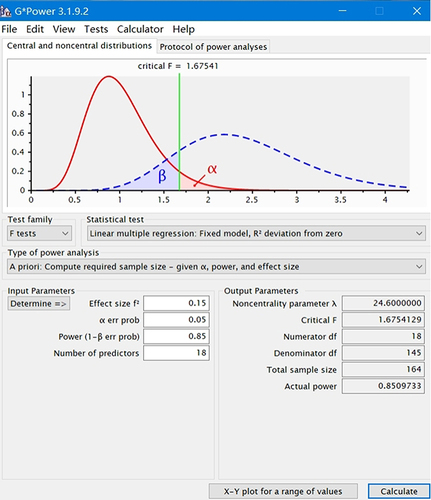Dear editor
Recently, we have carefully read an original article entitled “Diabetes Distress Among Patients Undergoing Surgery for Diabetic Retinopathy and Associated Factors: A Cross-Sectional Survey” by Zhang et al.Citation1 This is a valuable observational study with the following advantages, namely: (1) This is a rare study investigating the prevalence of diabetes distress (DD) and its associated factors among patients undergoing surgery for diabetic retinopathy (DR) in China. Identifying the factors associated with DD among DR surgery patients and providing targeted psychological support and nursing care are the responsibility and mission of health care professionals. (2) The authors explicitly elaborated the basis for selecting the following predictive variables (eg, self-management, family support, social support, and partial demographic and disease-related factors) related to DD. (3) The authors used a comprehensive approach to conduct normality tests of the data,Citation2 such as kurtosis and skewness coefficients, histogram, Kolmogorov–Smirnov and Shapiro–Wilk tests. (4) The authors conducted an in-depth discussion regarding their research findings, fully compared them with previous studies performed in other countries (eg, USA, Canada, Vietnam, Bangladesh, Portugal, etc), and analyzed in detail the reasons for the differences between different results. In addition, the authors also provided some valuable recommendations for the disease management of DR surgery patients.
However, there are also some limitations that need to be improved in this study: (1) Page 1452, although the authors employed G*Power 3.1 software to calculate the sample size,Citation3 the number of predictive variables in this study should be 18, not 6. When a significance level=0.05, statistical power (1−β)=0.85, and effect size=0.15, the minimum sample size should be 164, as shown in . (2) In view of the cross-sectional study design, the relationship between predictive factors and DD is exploratory, so the causality should be interpreted with caution. (3) The variables included for multivariate analysis in this study are relatively limited. Some professionally significant factors related to DD were not included in multiple linear regression to identify independent predictors of DD, eg, gender, education level, diabetes duration and complications, coping style, and personality type, etc. In future study, when conducting multiple linear regression analysis, we suggest the authors not only include statistically significant factors, but also include professionally significant factors into the multivariate analysis.Citation4
The implications of this study for future research directions: (1) Larger-scale and multi-center study exploring the DD in DR surgery patients is needed to draw more convincing conclusions. (2) The authors can explore the subjective experience of DR surgery patients regarding DD through qualitative research, in order to make the research results more vivid and rich. (3) The authors can identify different change trajectories of DD in DR surgery patients through longitudinal research and growth mixture model, and provide a basis for targeting the timing and measures of core interventions. (4) Understanding the modifiable factors of DD among DR surgery patients, and verifying the specific mechanisms by which these factors affect DD through structural equation modeling or mediating effect model can inform the development of tailored interventions and improve the quality of life and health prognosis of DR surgery patients.
Disclosure
The authors report no conflicts of interest in this communication.
References
- Zhang M, Zhang X, Yang Y, et al. Diabetes distress among patients undergoing surgery for diabetic retinopathy and associated factors: a cross-sectional survey. Psychol Res Behav Manag. 2024;17:1451–1461. doi:10.2147/PRBM.S455535
- Wang S, Jiang N, Song Y, et al. Correlates of cancer-related fatigue among colorectal cancer patients undergoing postoperative adjuvant therapy based on the theory of unpleasant symptoms. Curr Oncol. 2022;29(12):9199–9214. doi:10.3390/curroncol29120720
- Faul F, Erdfelder E, Buchner A, Lang A-G. Statistical power analyses using g*power 3.1: tests for correlation and regression analyses. Behav Res Methods. 2009;41(4):1149–1160. doi:10.3758/BRM.41.4.1149
- Wang S, Song J, Jiang X. Prevalence of depression and its associated factors among hemodialysis patients in Hodeida city, Yemen [letter]. J Multidiscip Healthc. 2024;17:1041–1042. doi:10.2147/JMDH.S466645

